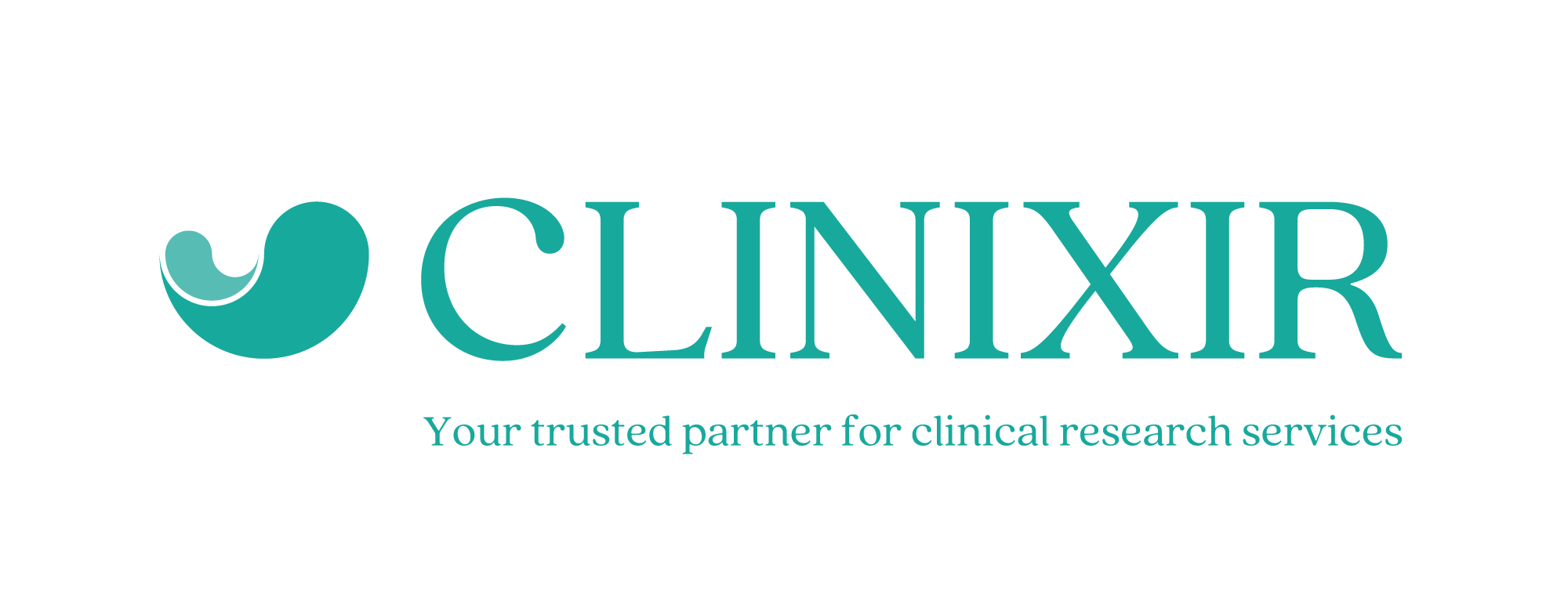Over the last decade, many pharmaceutical and biotech companies have initiated strategic sourcing partnerships with CROs to optimize and streamline their clinical development processes. Unfortunately, these companies have struggled to ensure the success of their partnerships, owing to a lack of communication and planning. To build a strong partnership, clients must know how to identify and choose the right CROs, establish transparent and collaborative communication with them, and tailor the partnership in accordance with their needs.
Choosing the right CRO
The needs and requirements of every biotech and pharmaceutical company differ in significant ways. Over a period of time, CROs gain experience in working with large, midsize, and small emerging companies. Most successful CROs are capable of adapting to the distinct needs of their clients — but first and foremost, clients must know how to identify and choose the right CRO for their unique needs.
Before partnering, it is important to know the scale and capabilities of a potential CRO. Clients should check their relevant areas of specialization, years of experience, and credentials of the project team. Other important considerations include their scope of research, the types of products that they include in studies, the type of support that their clients typically require, and their in-house processes. This can be done through engagement. Engagement pertains to the process in which clients inquire and learn more about their potential partners’ operational capabilities, their methodologies, the priorities, and cultural fit. Doing this during the preparatory phases helps to curtail any form of risk or compliance issues prior to entering into a partnership. Furthermore, engagement enables clients to develop their sourcing specifications, laying out their goals and requirements prior to forming a contract, and also ensures that the CRO is capable of delivering the data and services that its clients require.
Nurturing transparent and team-centric communication
A lot of biotech and pharmaceutical companies tend to “throw the ball over the wall” when it comes to their CRO partnerships. What this means is that upon entering into a partnership, client companies tend to assign projects or assignments without planning which tasks can be done in-house and which tasks are best outsourced to the CRO. To avoid any challenges related to inefficiency and confusion, client companies should initiate their partnerships with transparent and collaborative communication regarding their roles, responsibilities, and roadmaps. By regularly exchanging dialogue and data in an open and unrestricted way, the task of tracking progress and overcoming challenges as a cohesive unit becomes far easier during each stage of development.
Communication is also the best means of establishing a sense of trust and ownership as partners, and not just as vendors. From the beginning of a partnership, clients have the opportunity to develop a strong, long-lasting relationship with a CRO — which in turn facilitates effective governance, problem solving, and risk-sharing. As a result, the time taken to grow a relationship between the client and partner CRO will be well rewarded. Team building can be accelerated by sharing milestones and achievements, among other initiatives. Given that clinical trials are lengthy and challenging, building an empowering and supportive partnership can result in many successful clinical development projects in the future.
Tailoring your partnership to company size and needs
In contrast to small and mid-sized companies, larger biotech and pharmaceutical companies tend to have clearly defined internal processes. This structure enables them to effectively outsource tasks to CROs with little collaboration at the planning stage.
However, for most companies, one of the biggest challenges in maintaining a partnership with a CRO is dealing with advances in the development pipeline. Due to the relative business models for each company, shifts in staffing, developmental planning, and budgeting can occur in a short span of time, resulting in the need for continuous evaluations to ensure that clinical developments are properly staffed and progressing as planned.
To avoid these obstacles, it is important to specifically tailor the partnership in accordance with the size and scale of client company operations from the beginning of the partnership. This means clearly reviewing and planning the key drivers of development with the partner CRO, such as staffing, task allocation, the cadence of meetings, and payment periods.
By clearly defining these key areas, issues related to operational or quality gaps can be avoided, ensuring an uninterrupted pipeline of progression throughout every phase in a clinical trial.
By partnering with the right CRO, companies can ensure that each clinical trial is properly designed, well executed, and more successful at producing clear and reliable data for regulatory approval. Most importantly, building a long-lasting partnership with a CRO will set up a foundation for the success of their future clinical developments based on longevity, trust, and joint-ownership.
At Clinixir, we offer industry-leading services to help your organization develop more and better cutting-edge treatments. Our advanced methods and technologies enable your organization to put reliable drugs and treatment methods on the market, providing a better quality of life for the general public.
Contact us to learn more about becoming our partner.



